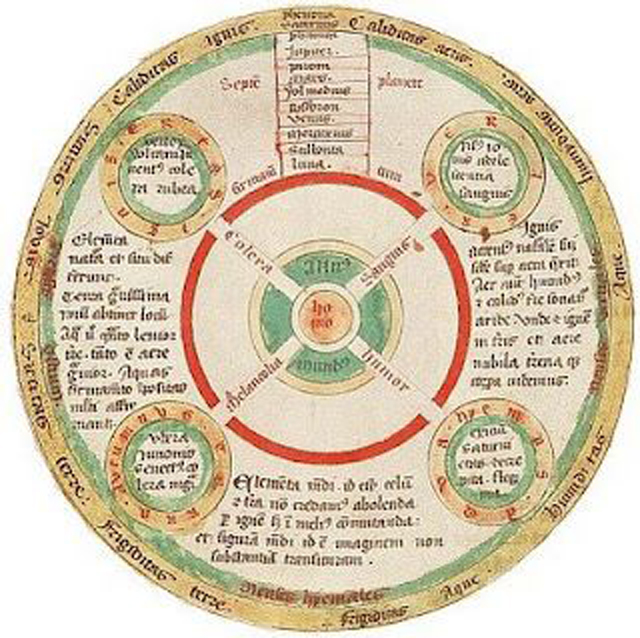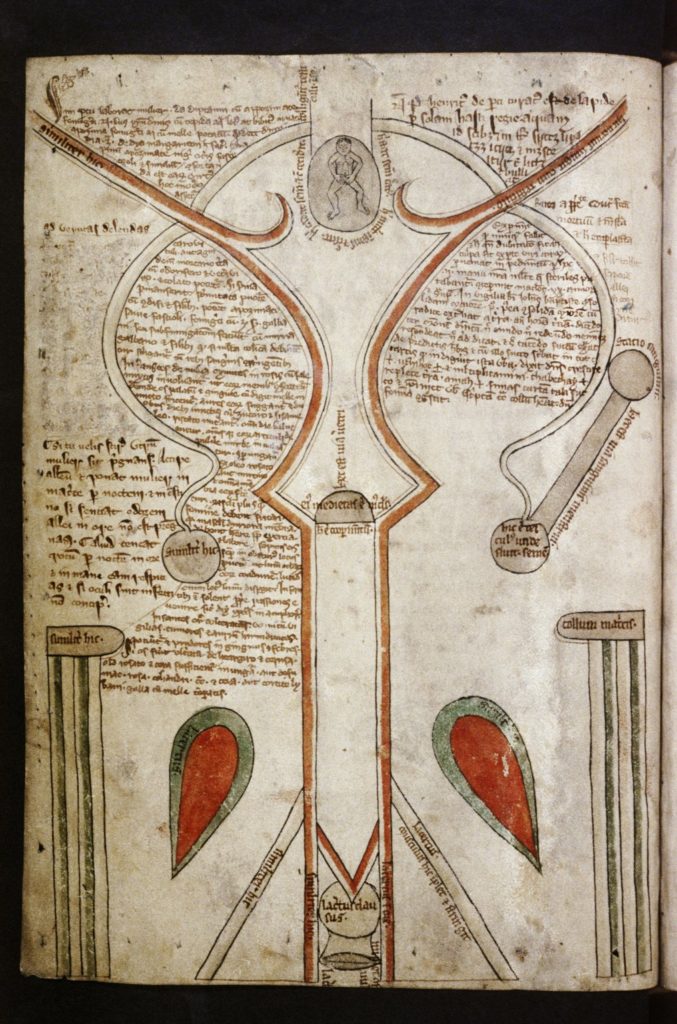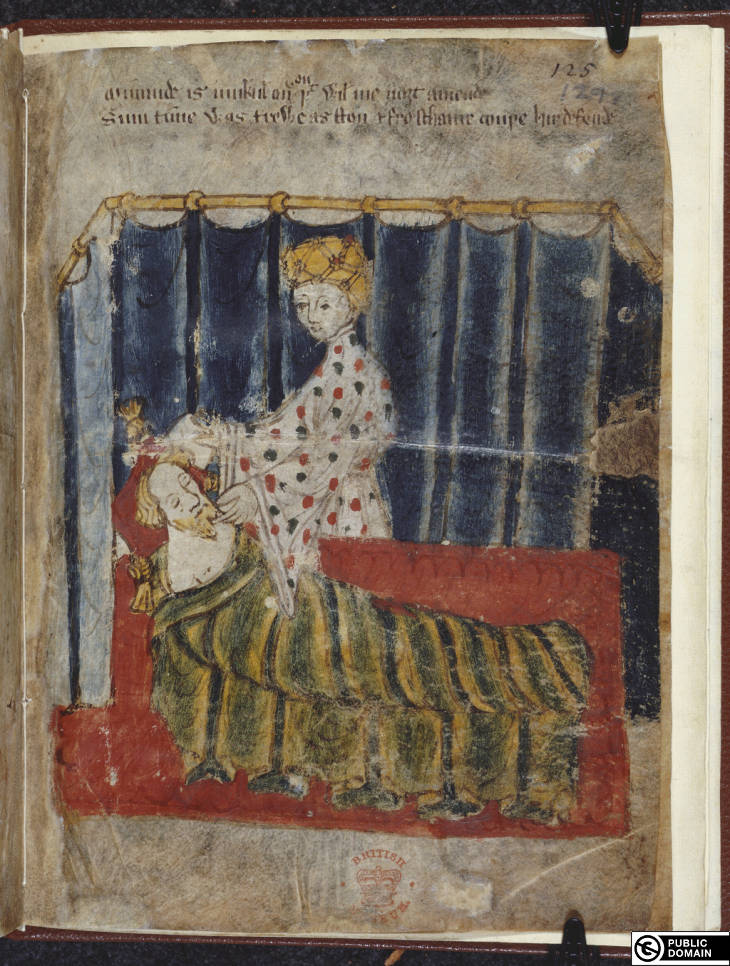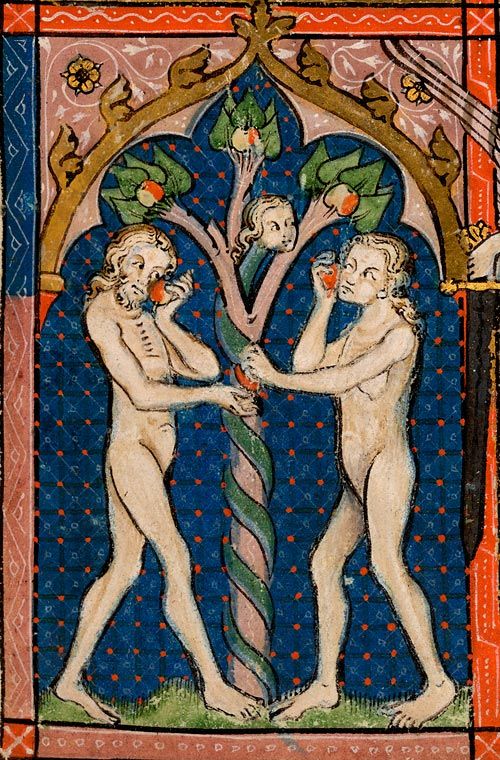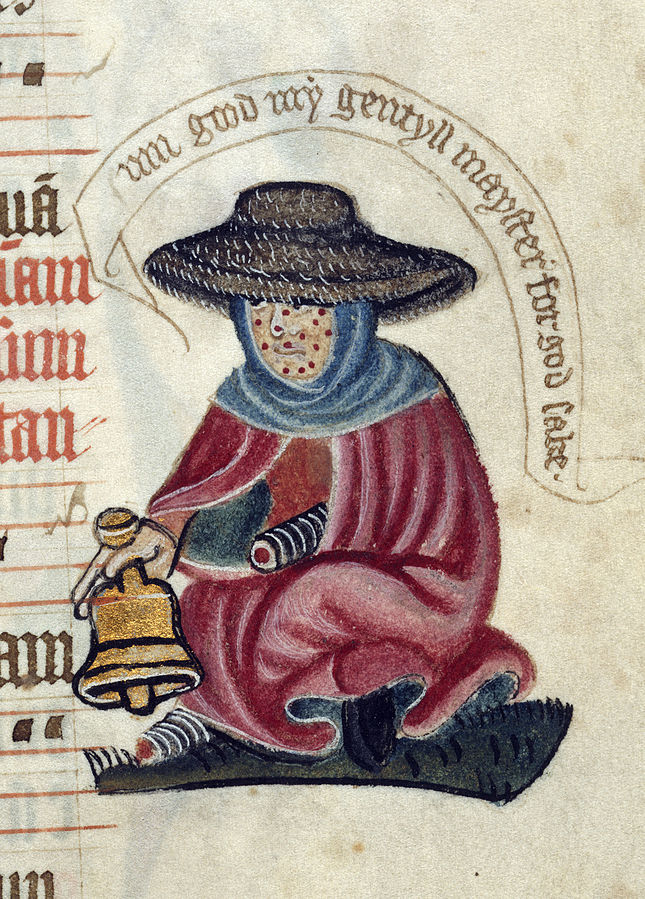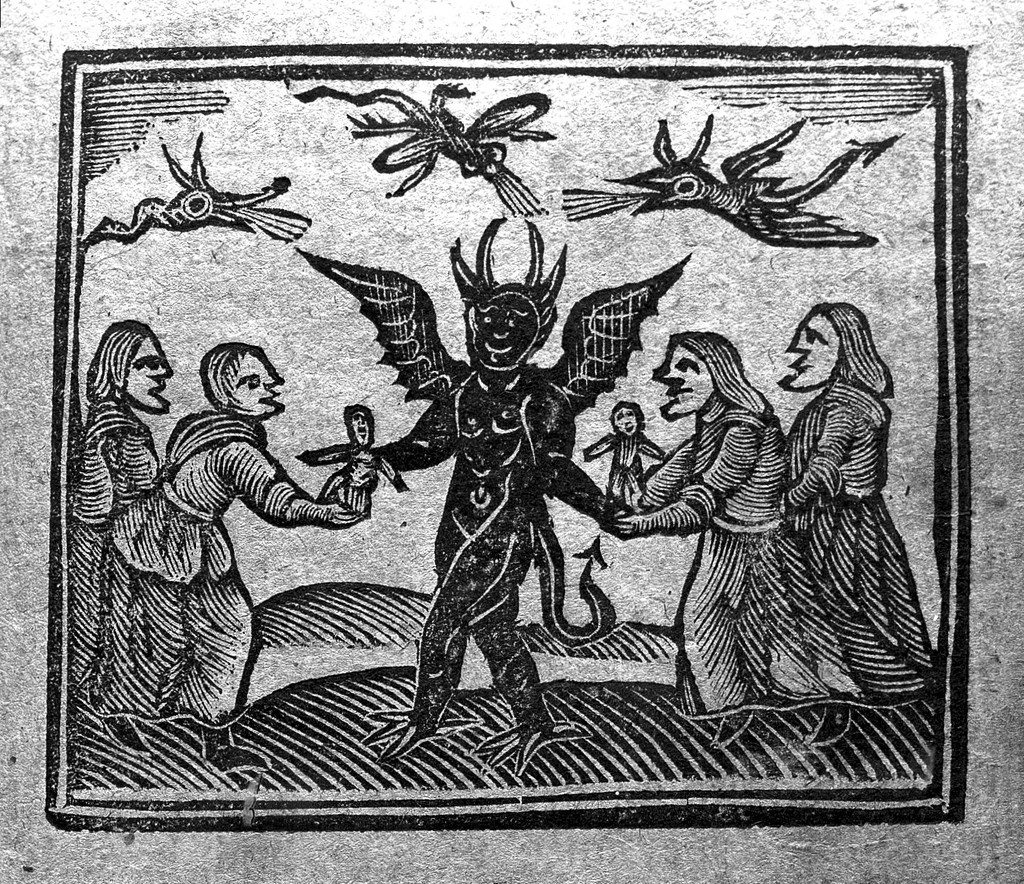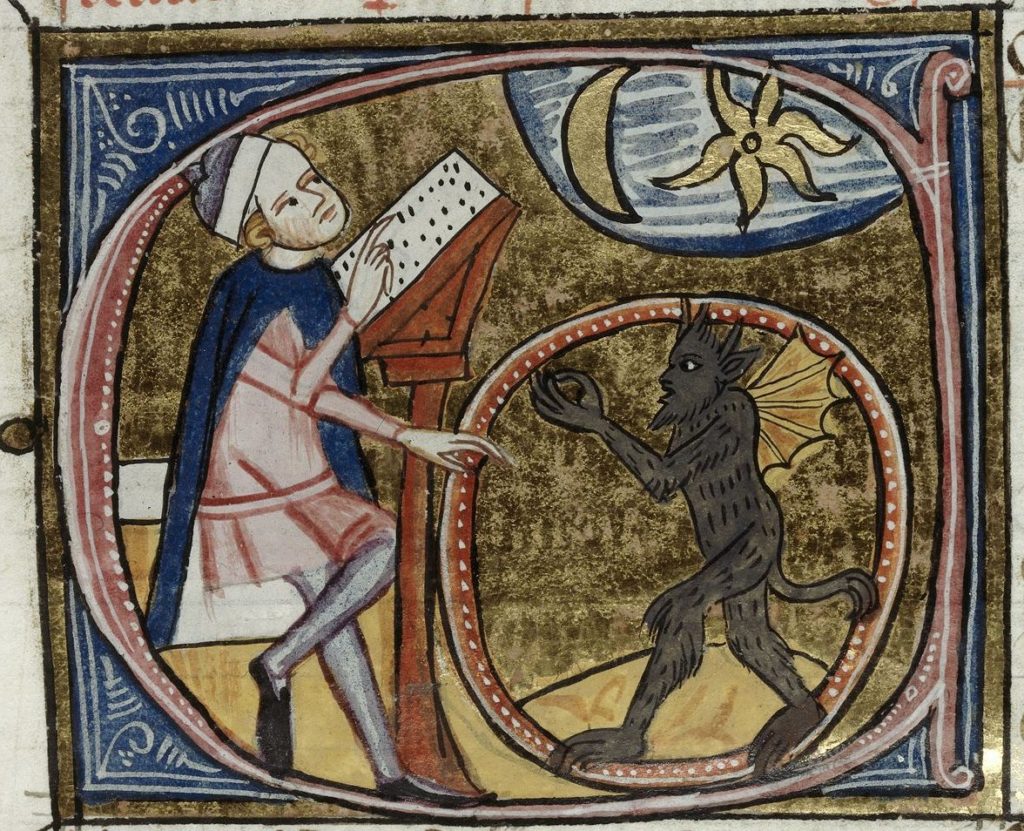The expansion of the Oghuz Turks towards the Levant region in the early to mid- 11th century had crucial importance not only for the Middle eastern region but also world politics. The expansion of the Turkish political dominance in the region culminated in the Battle of Manzikert in 1071 which paved the way for various Turkish-speaking groups to migrate to Anatolia in the hopes of finding a new financial resource for their nomadic economic structure. The Turks conquereed to the region by the force of arms; however, as time passed, they began to adapt to the cultural, ecologic, politic and socio-economic realities of their new homelands. Their close interactions with the neighboring communities not only reshaped their physical appearances, economic structures, administrative and bureaucratic practices but also introduced them to new spiritual and religious beliefs. Contemporary scholarship in the area of interfaith and several cross-cultural studies have recently demonstrated how the Turks actually borrowed eschatological ideas and notions with respect to the end of the world and the developments that are expected to take place prior to this cataclysmic event.
Although interfaith and cultural exchange began taking place between the Greeks and Turks immediately after 1071 (and perhaps even before then), I would argue these interactions noticeably increased alongside the Turkish political expansion towards western Anatolia and Thrace especially after the late 1200s and early 1300s. The missionary activities of Turkish holy men and the tolerant attitudes of the state officials in these Turkish-controlled regions created an environment for Christians and Muslims to discuss various spiritual matters and learn more about each other’s faiths. In fact, one of the most influential Orthodox clerics, Gregory Palamas, was invited by the Ottoman court to converse about religion with a Muslim spiritual figure in the 1340s. Referring to several striking similarities between the Jesus Prayer and Dhikr practice, some scholars even argue that the influence of Islamic Sufi ideology encourages the appearance of Hesychasm in the Byzantine spiritual environment in this period.[1] Besides the Islamic ideological influence over Orthodox Christianity, it seems that some Christian beliefs also disseminated among the Muslim believers.

A certain Ottoman Sufi by the name of Ahmed Bican who lived in fifteenth century Gallipoli seems to have possessed an extensive knowledge about the Byzantine apocalyptic traditions. In his book, Dürr-i Meknûn, not only he did refer to several Byzantine messianic beliefs, but he also refashioned them with an Islamized veneer. For example, although there is no certain date regarding the end of the world in the theology, adopting the Byzantine tradition, adopted the opinion that doomsday will take place in 1492. What is even more noteworthy is his familiarity with the Byzantine liturgical calendar. It seems that he was personally aware of the Byzantine system since he states that Byzantine scholars determined the era of humankind as 7000 years; however, since Muslims use a lunar calendar instead of solar calendar, he notes that it should be regarded as 7200 years by the Muslims.
Furthermore, a general belief about the blonde people in Byzantine apocalyptic and messianic expectations can be observed in Bican’s work too. According to these, the Byzantine peoples believed that their capital, the city of Constantinople, will fall to their enemies one day; however, a blonde nation from the northern regions will soon appear to help the Greeks to ‘liberate’ their previous possession, expelling the Muslims as far as Syria. In his work, Bican also stated that one of the “blonde peoples” from the northern regions will indeed recapture Constantinople and expel the Muslims soon but he also made some additions to the story. Attributing a messianic role to the Ottoman ruler, he argued that the sultan will appear in this desperate situation and be able to defeat the blonde people by recapturing Constantinople for the second time, glorifying the religion of Islam.
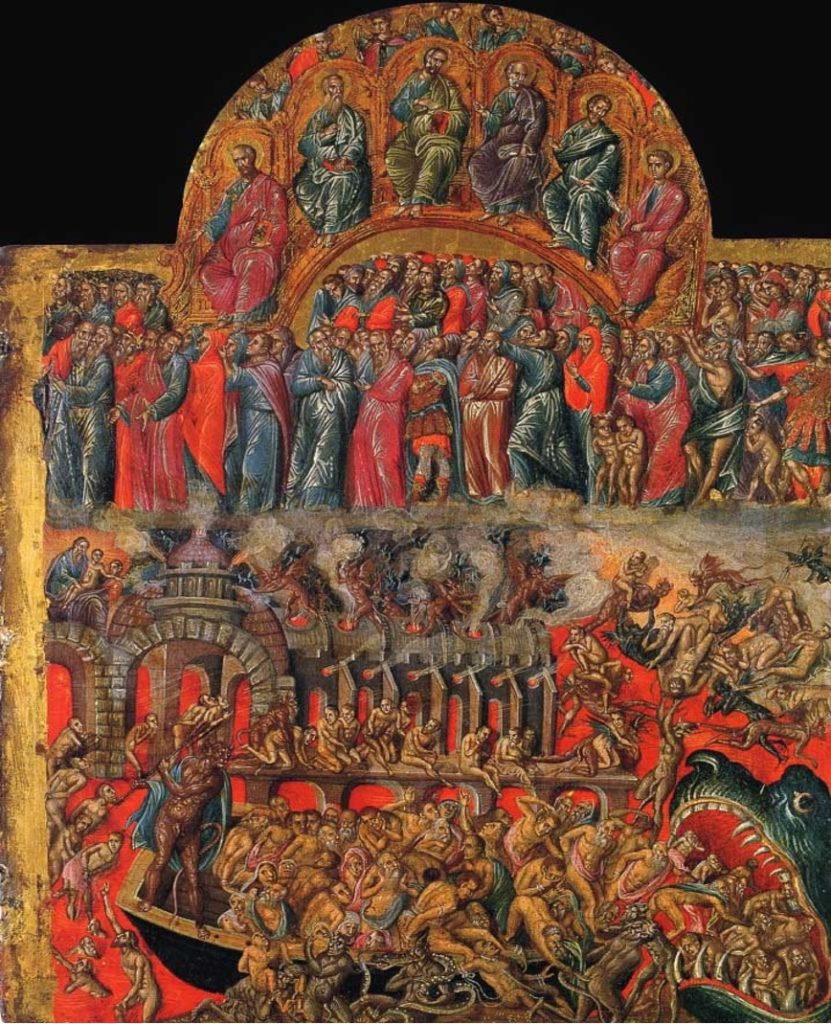
Yet lastly, Bican seems to have been aware of a Greek messianic tradition prophesizing “the return of the king” which promises a rightful ruler will reclaim the throne of Constantinople. The Laskaris dynasty which came to power in Nicaea after 1204 had a special importance for western Anatolians since Laskarid rulers initiated an economic development program in the region and successfully protected the eastern borders against the Turcoman incursions in this period. When Michael Palaeologus usurped the Byzantine throne in 1261 by imprisoning and then blinding John, the last Laskarid ruler of the empire, the western Anatolian Byzantines began developing stories, predicting his expected return. Cyril Mango argues this belief even spread to the European half of the empire since a prophecy which was circulated in the 13th century tells about a civil war that would take place in Constantinople. According to this prophecy, he argues, at the end of the civil war, as an old and shabbily dressed man, John Laskaris would appear in Constantinople to be crowned by the angels. His shabbily dress and his old age refers to the imprisonment case and signals that a civil war will take place in his later years. After the enthronement, the angels will give him a sword, saying; “Take courage, John, vanquish the enemy!”

In Bican’s work, I think, it is possible to observe several clues about this late Byzantine apocalyptic expectation since Bican also talks about a civil war that would wake place in Constantinople. According to his interpretation, the fighting parties will be led by two military figures who have these initials in their name: “M” and “S”. Although, I think, “M” might represent Michael Palaeologus, “S” does not match with John’s initial. However, I argue that this letter might be modified in a later period due to Bican’s concern with adjusting it to a specific contemporary ruler. It is also within the boundaries of possibility that “S” stands for the second and last consonants of the dynastic name of John: Laskaris. Although the events were given in a very fragmented nature in this work, Bican also points out an imprisonment case, saying that the imprisoned will soon take the throne by defeating his enemy which has a clear resemblance with John Laskaris’ imprisonment by Michael.

Messianic and apocalyptical intellectual exchange constitute a small part of interactions between the various groups of Christians and Muslims, who have lived in the Middle East and the Balkans side by side for the centuries. There are many more cultural and religious interactions between these people in this regard including but not limited to spread of brotherhood (futuwwa) institutions from the crusader states to the Muslim world in the Levant region. Although scholars have begun turning their focus to these borrowings in the eastern Mediterranean in the last couple of decades, there are still a long way to traverse since western Anatolia and the Balkans have received less attention so far. Hopefully, as the winds of time are changing, more scholars and students will become curious about the relations, interactions and shared traditions between Christians and Muslims in Istanbul and beyond.
Husamettin Simsir
PhD Candidate in History
University of Notre Dame
Further Reading
Arnakis, G. Georgiades. “Gregory Palamas among the Turks and Documents of His Captivity as Historical Sources.” Speculum, Vol. 26, No. 1 (1951): 104-118.
Bican, Yazıcıoğlu Ahmed. Dürr-i Meknun. Trans. Necdet Sakaoğlu. İstanbul: Tarih Vakfı Yurt Yayınları, 1999.
Karamustafa, Ahmet. God’s Unruly Friends. Utah: University of Utah Press, 1994.
Preiser-Kapeller, J. “Webs of conversion. An analysis of social networks of converts across Islamic-Christian borders in Anatolia, South-eastern Europe and the Black Sea from the 13th to the 15th cent.” Workshop Cross-cultural life-worlds, Institute for Byzantine Studies, Austrian Academy of Sciences, Bamberg 2012.
Şahin, Kaya “Constantinople and the End Time: The Ottoman Conquest as a Portent of the Last Hour” Journal of Early Modern History 14 (2010): 317-354.
Shawcross, Teresa. “In the Name of the True Emperor: Politics of Resistance after the Palaiologan Usurpation” Byzantinoslavica 66 (2008): 203-229.
Spanos, Apostolos. “Imperial Sanctity in Byzantium: The case of the emperor John III Vatatzes” Research Gate 10.13140/RG.2.1.3635.6248.
[1] Nicol defines the prayer practice in the Eastern Christian tradition as follows: “in the solitude of his cell, the monk must sit with chin resting on his breast and eyes fixed upon his navel. Then, while carefully regulating his breathing, he must say over the Jesus-Prayer.” Donald M. Nicol, Church, and Society in the Last Centuries of Byzantium (Cambridge: Cambridge University Press, 2008) 38.


